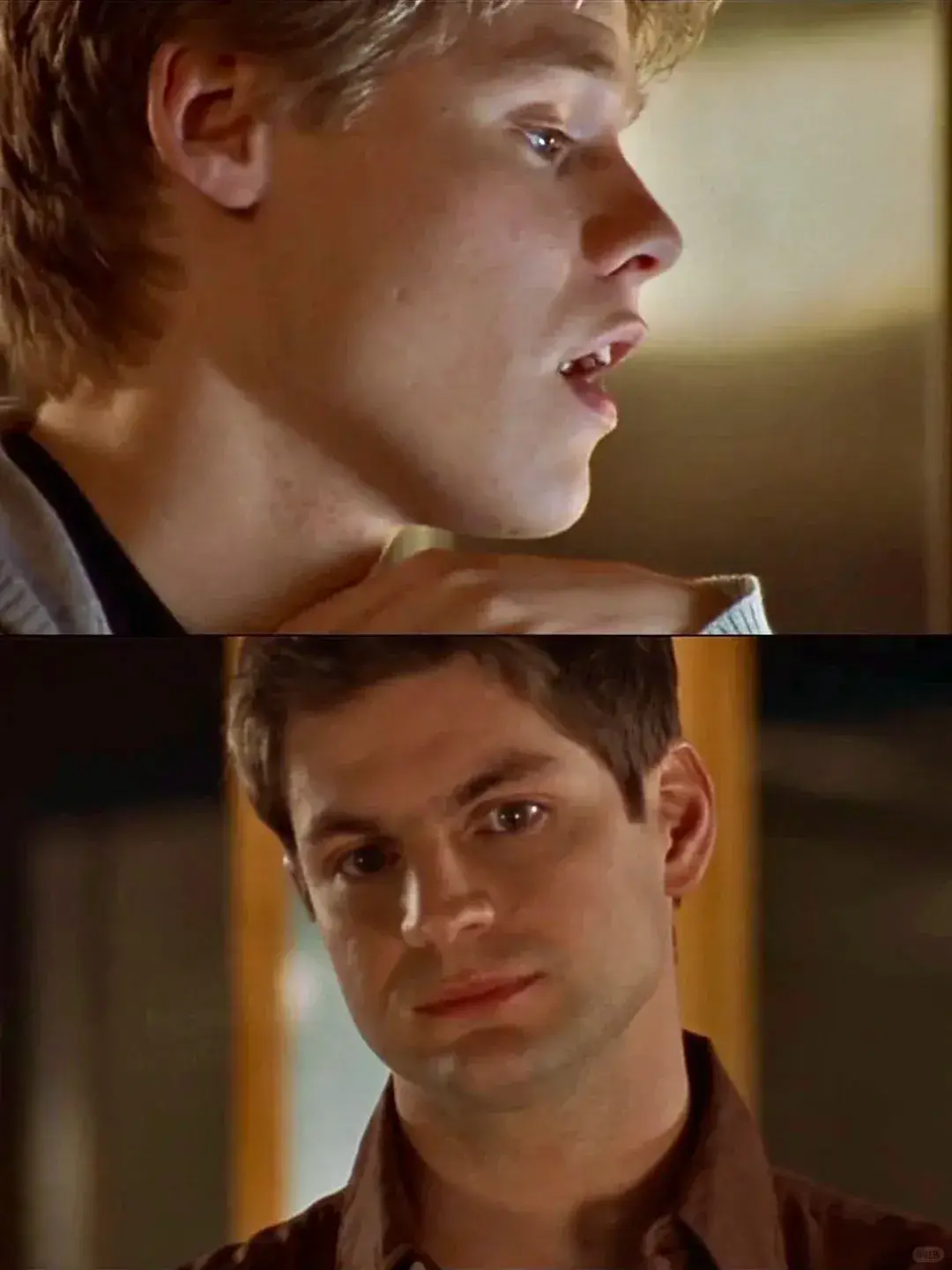
Queer as Folk Official Trailer
Queer as Folk Summary | |
|---|---|
| Title: | Queer as Folk |
| Series Info: | USA (2000 - 2005) |
| Length: | 55 minutes |
| Total Episodes: | 83 Episodes |
| Genre: | Romance, Boy's love |
Plot
At the center of the story is Brian Kinney, a fiercely independent advertising executive who lives by the code of pleasure over commitment. His best friend Michael Novotny has been in love with him since their teenage years, but knows better than to expect more. Michael works at a comic book store and lives with his single mother Debbie, who is the community’s heart and soul.
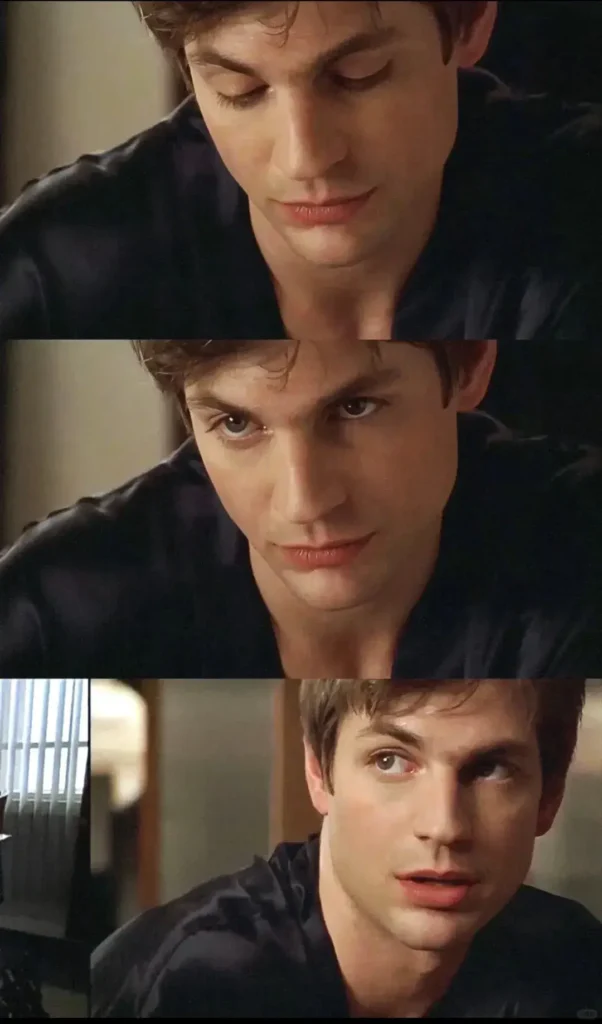
The show’s dynamic shifts when Brian takes home 17-year-old Justin Taylor, a high schooler discovering his sexuality. For Brian, it’s just another night; for Justin, it’s the beginning of a life-changing journey. Their push-and-pull relationship forms the emotional spine of the series.
Around them are Ted, a self-deprecating accountant who battles addiction and low self-esteem; Emmett, a flamboyant, fashion-forward queen who remains unapologetically himself; and lesbian couple Lindsay and Melanie, who co-parent their son Gus with Brian.
Each season explores evolving dynamics: Michael falls in love with HIV-positive professor Ben; Justin matures through trauma, love, and art; Ted spirals into addiction and later reinvents himself; Emmett challenges stereotypes in love and business. Brian, ever the cynic, gradually confronts his fear of vulnerability as his love for Justin deepens.
The series culminates in Season 5 with a reflection on queer identity, political activism, aging, and the meaning of family. When Justin chooses to pursue his art career in New York, and Brian lets him go, it’s both devastating and empowering.
Queer as Folk Cast
Charactor
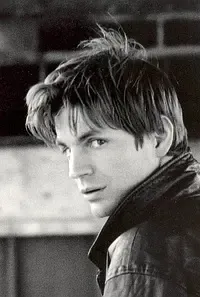
Charismatic, acerbic, and fiercely independent, Brian is the king of Liberty Avenue who learns that love doesn’t weaken you—it frees you.
Gale Harold
Gale Harold, originally from Atlanta, stunned audiences with his mix of raw sexuality and subtle emotional depth. Queer as Folk made him a gay icon, though he identifies as straight. His performance remains a touchstone in queer TV history.
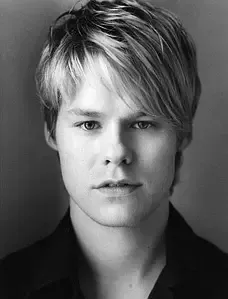
An aspiring artist and survivor, Justin begins as a naive teen and ends as a self-assured young man.
Randy Harrison
Randy Harrison brought vulnerability and tenacity to the role. An openly gay actor, his portrayal resonated with LGBTQ+ youth for its honesty and courage.

The loyal best friend who always believed in love, superheroes, and doing the right thing.
Hal Sparks
Hal Sparks, a comedian and straight ally, played Michael with warmth and humility, becoming a fan favorite for his emotional accessibility.
Director

Ron Cowen and Daniel Lipman
The US version of Queer as Folk was created by Ron Cowen and Daniel Lipman, adapted from Russell T Davies’ groundbreaking UK series. Determined to portray LGBTQ+ life with honesty and unapologetic detail, they expanded the setting to Pittsburgh and infused the stories with both political bite and emotional depth. Under the direction of talents like Michael DeCarlo, Kelly Makin, and John Greyson, the show balanced the pulsing energy of Liberty Avenue’s nightlife with intimate, character-driven moments—making it one of the most daring and culturally significant queer dramas of its time.
Queer as Folk Review
Review
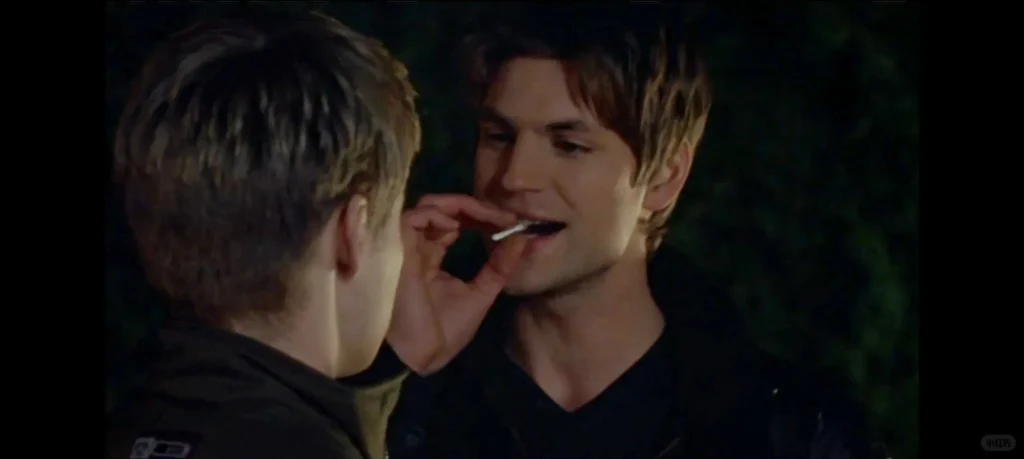
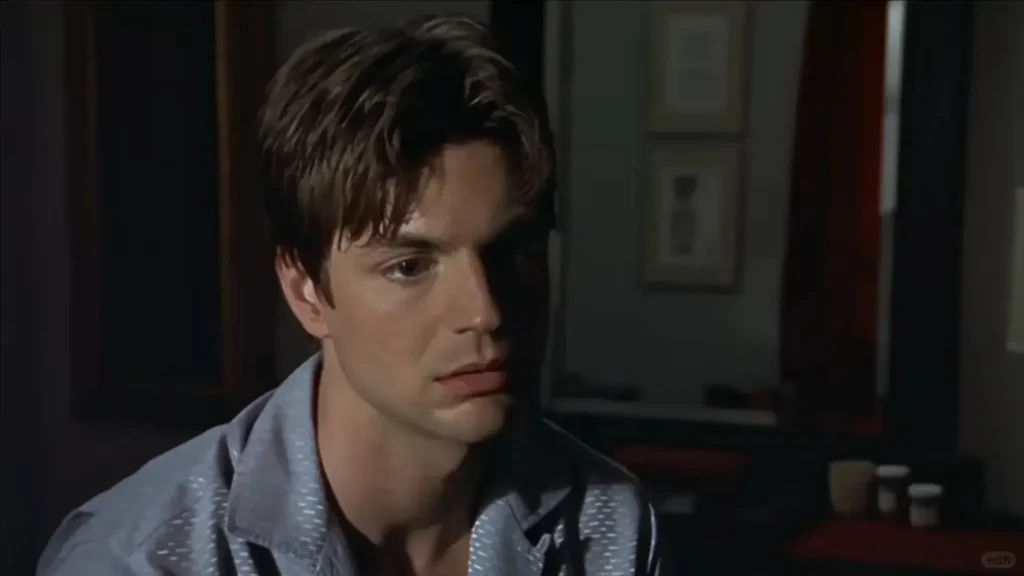
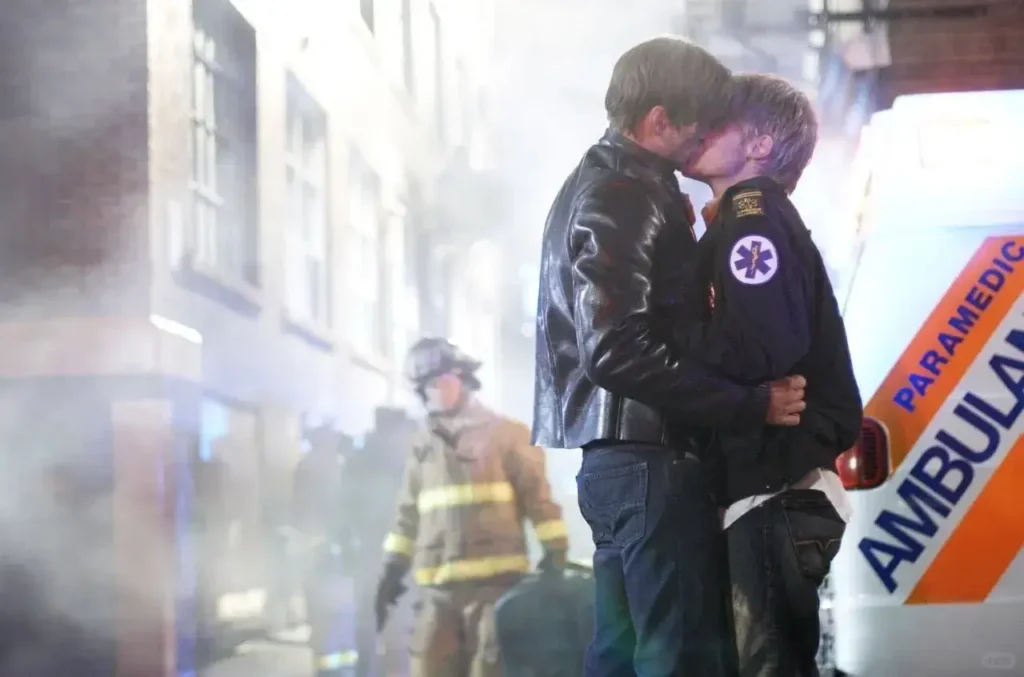
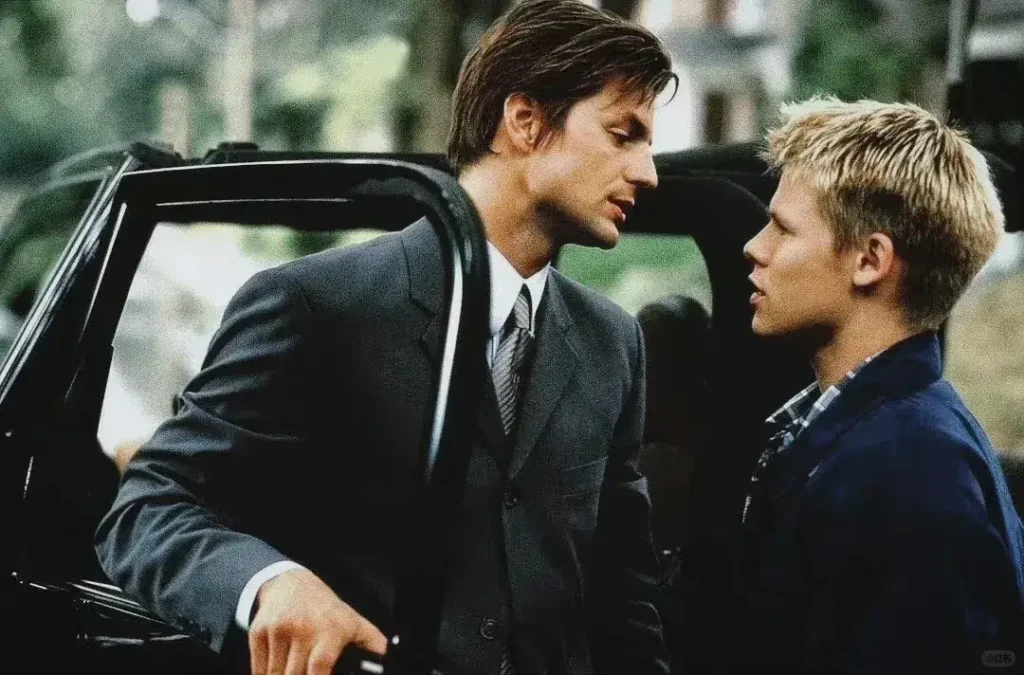
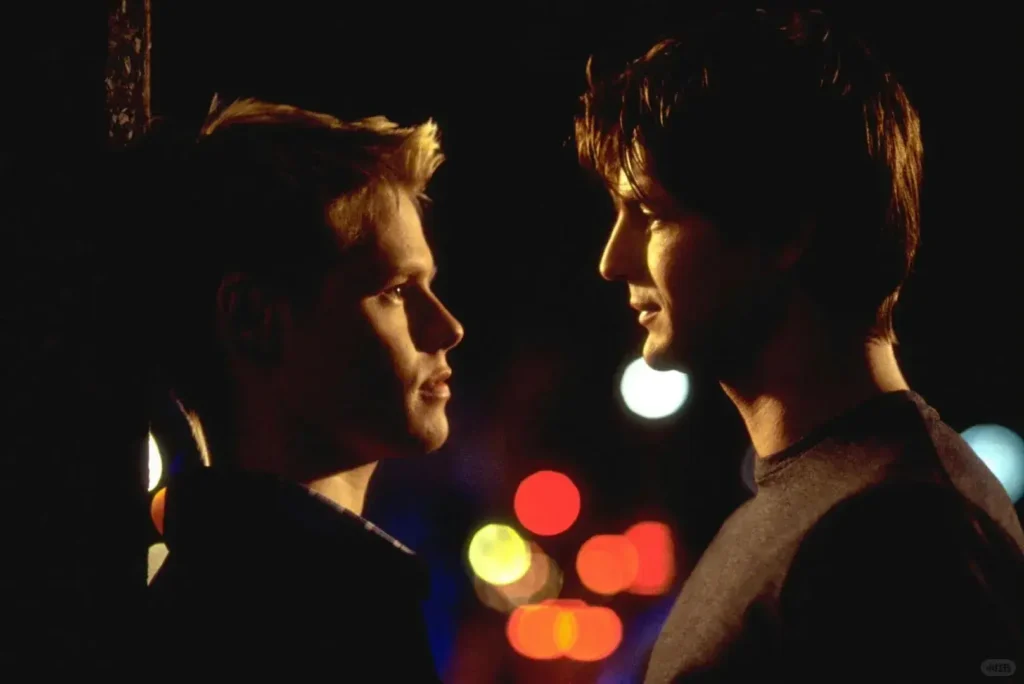
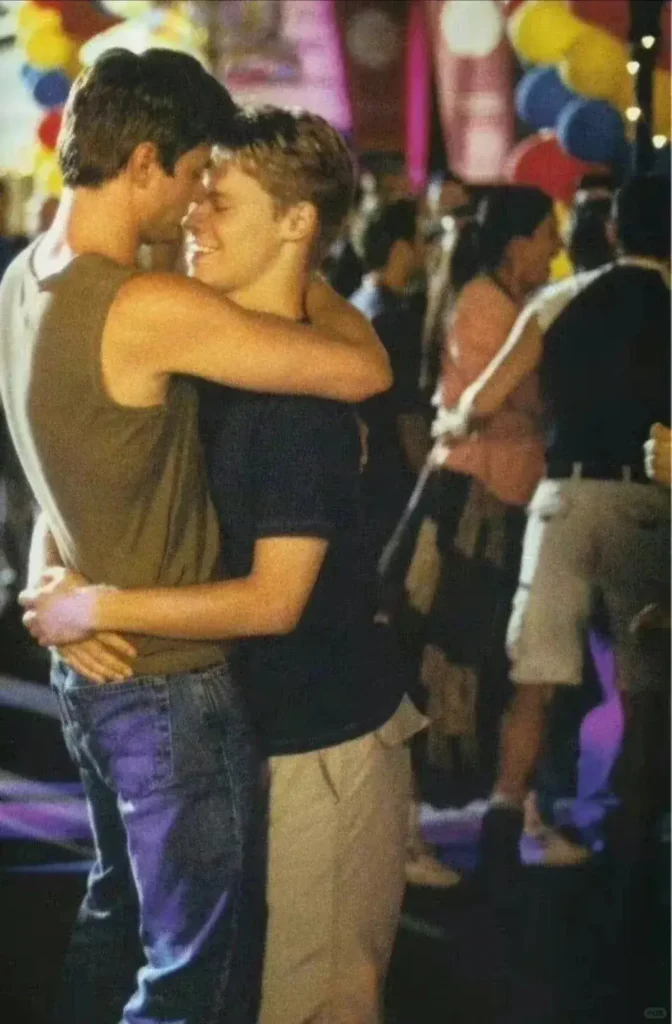
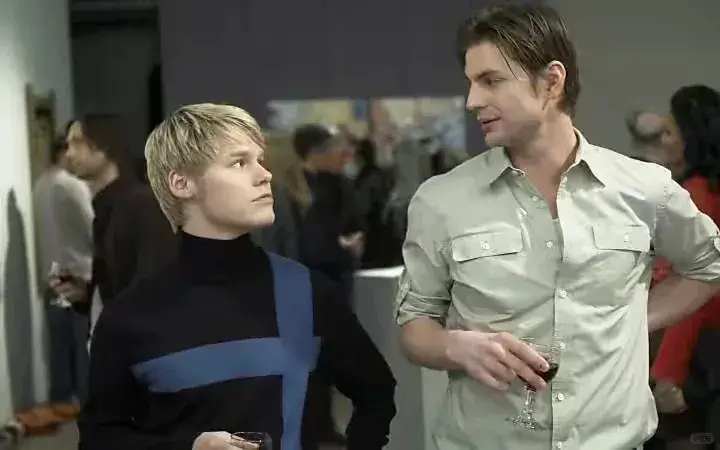

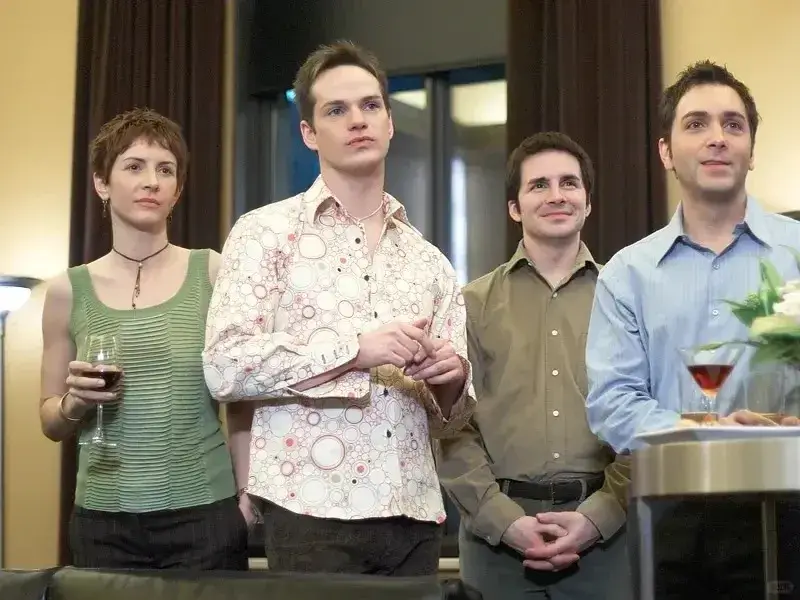
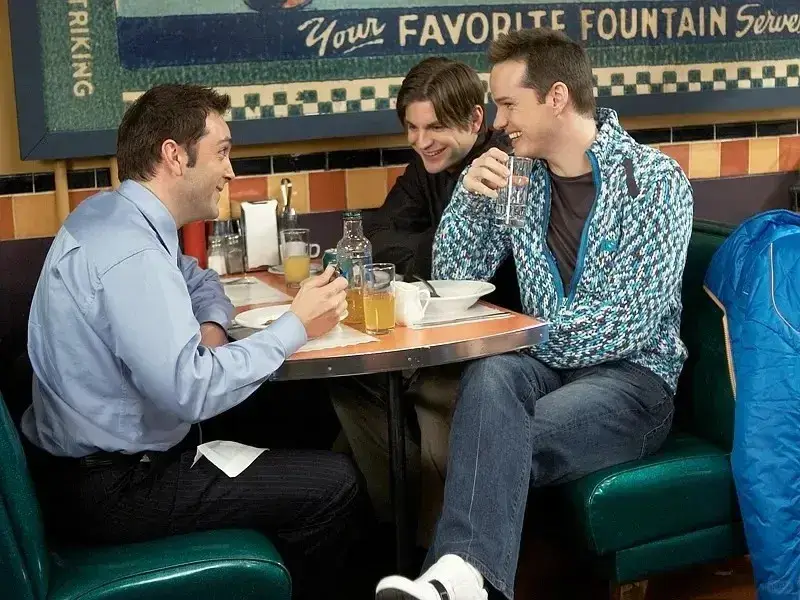
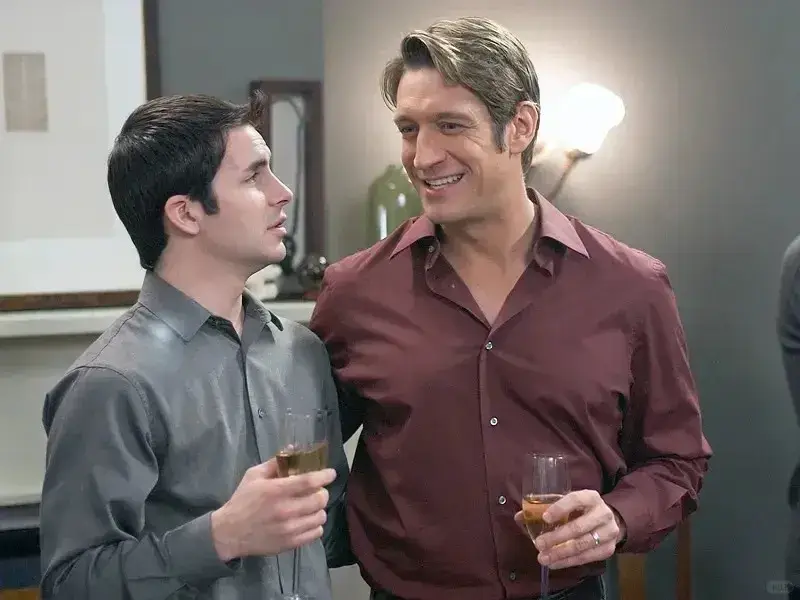
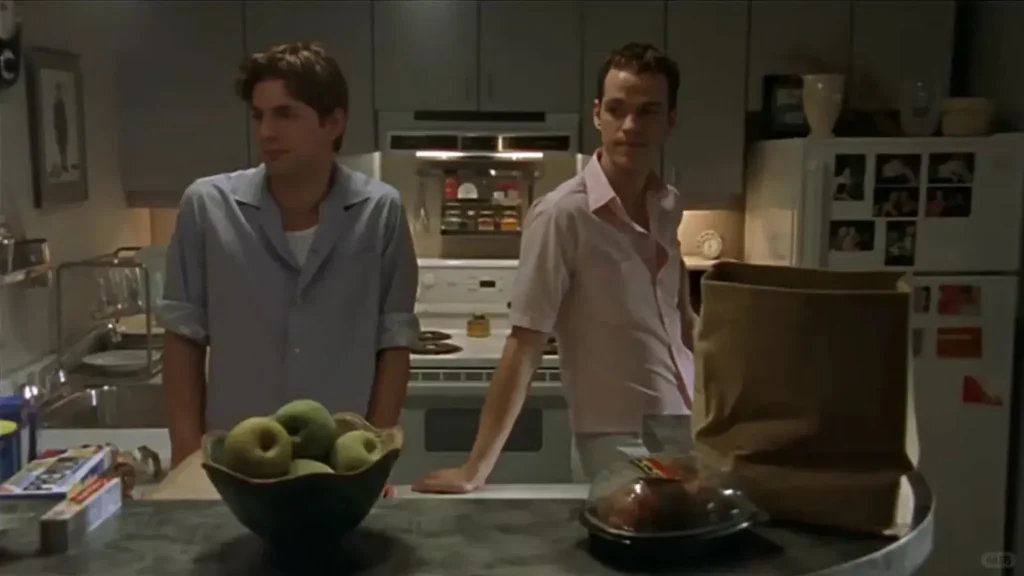
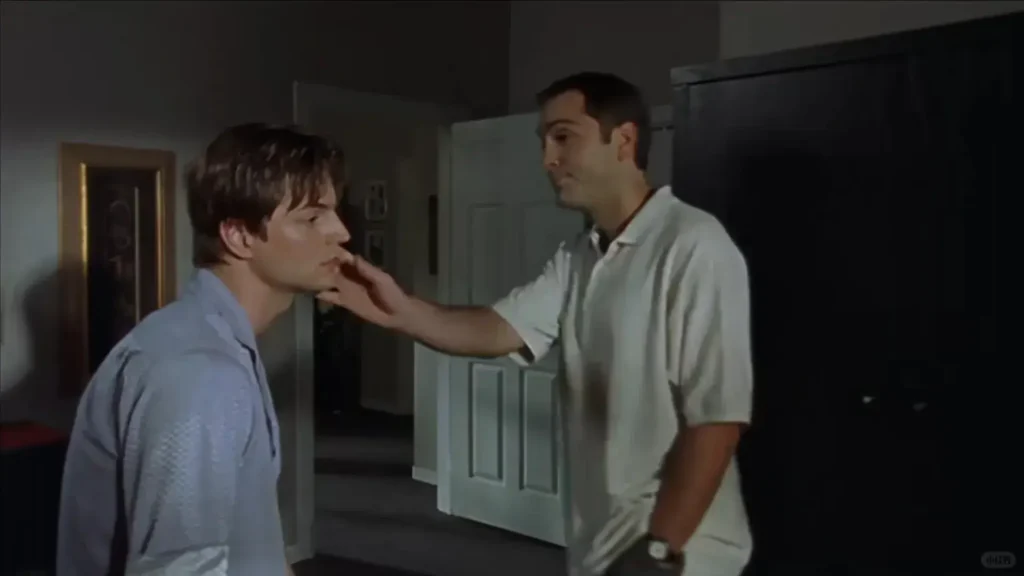
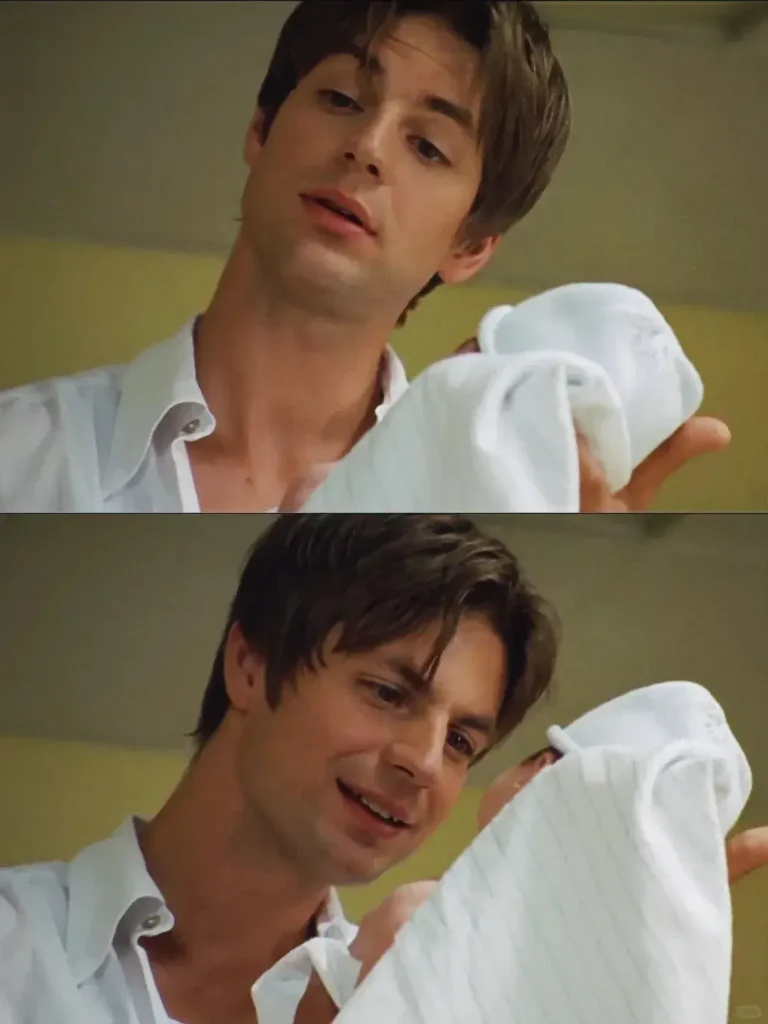
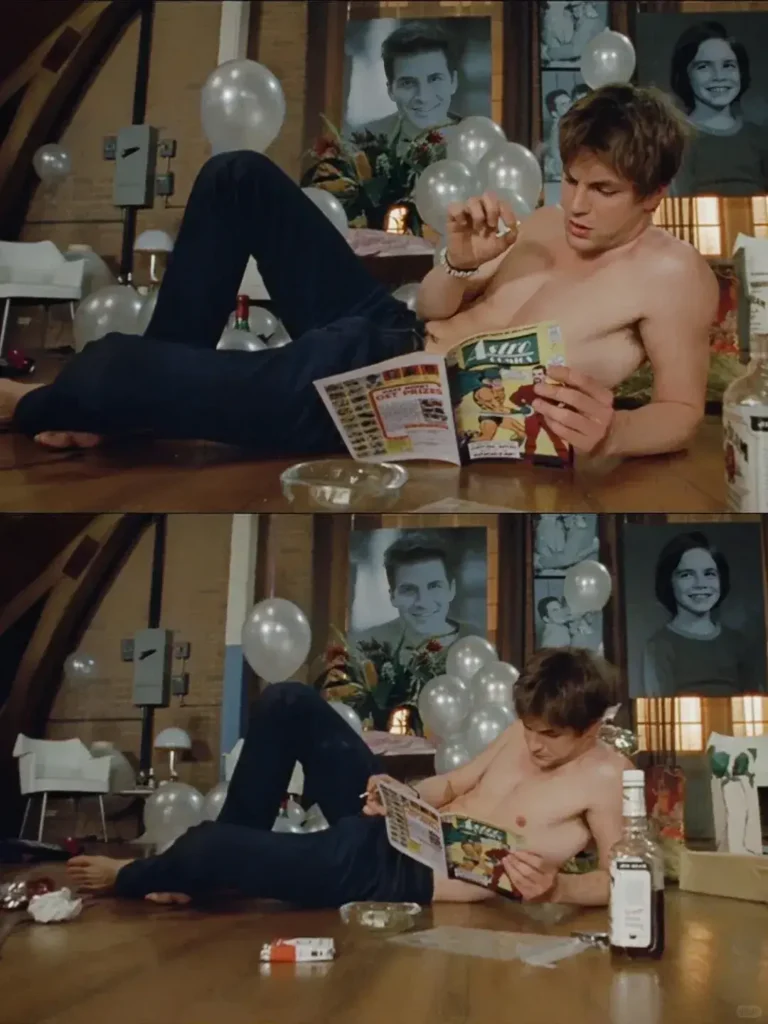
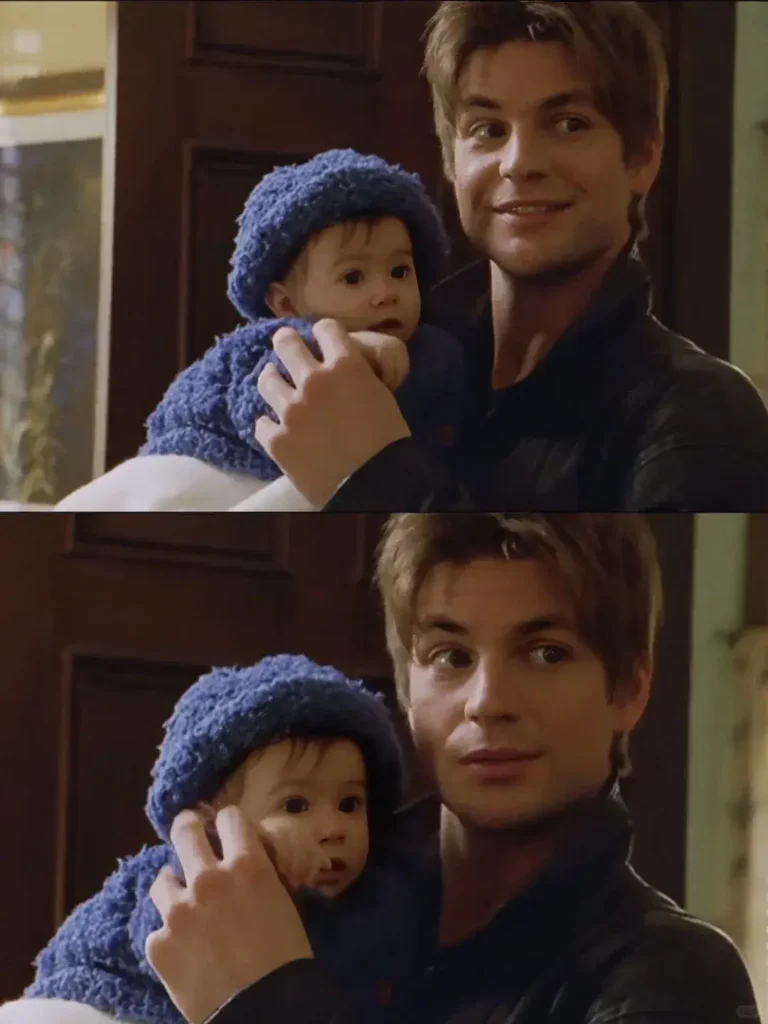


Story
Queer as Folk (US) is not just a show about gay life in Pittsburgh—it is a coming-of-age, coming-out, and coming-to-terms narrative stretched across five seasons. From the raw and unapologetic sexual freedom of the early episodes to the sobering conversations about relationships, aging, and activism, the storytelling grows alongside its characters.
The writers dared to give us imperfect people: Brian, who refuses to conform to monogamy yet quietly becomes the most dependable figure in his friends’ lives; Justin, who starts as a starry-eyed teenager and evolves into a resilient, self-aware artist; Michael, who moves from being Brian’s shadow to finding his own path with Ben.
Each season has its own rhythm—Season 1 introduces the unapologetic openness of Liberty Avenue; Season 2 explores trauma recovery and emotional detours; Season 3 plays with themes of loyalty and betrayal; Season 4 burns with political resistance; and Season 5 confronts aging, mortality, and the uncomfortable question: “What does happiness look like for us when the party ends?”
The arcs never feel like soap opera twists for the sake of shock. Even the most dramatic turns—Justin’s bashing, Ted’s spiral into addiction, Emmett’s unlikely romance with Drew—are grounded in emotional truth. The writers refuse to hand out fairy-tale resolutions; instead, they show that love, friendship, and self-respect are often a series of negotiations between holding on and letting go.
Acting
The casting of Queer as Folk is one of its most enduring strengths. Gale Harold’s Brian Kinney is an acting masterclass in subtlety—his performance thrives in the spaces between words, the quiet glance, the wry half-smile that hides genuine vulnerability. He manages to make a man who “doesn’t believe in love” into one of the most romantic characters in queer TV history.
Randy Harrison, a newcomer at the time, delivers Justin with disarming conviction. His arc—from eager, headstrong teen to independent, sometimes stubborn adult—is layered with both fragility and determination. You believe Justin when he fights for Brian, and you believe him when he walks away.
Hal Sparks’ Michael blends comic warmth with emotional weight. His devotion to Brian, his awkward navigation of love, and his eventual stability with Ben all feel lived-in. Supporting players like Peter Paige (Emmett) and Scott Lowell (Ted) bring distinctive voices to the ensemble—Peter’s flamboyant charm masks a deep moral backbone, while Scott’s journey from self-deprecation to self-respect is quietly powerful.
Even the recurring and secondary characters feel inhabited, whether it’s Sharon Gless as the fiercely loyal Debbie or Thea Gill and Michelle Clunie as Lindsay and Melanie, grounding the show with their own brand of love, politics, and stubbornness.
Chemistry
The beating heart of the series is the electricity between Brian and Justin. Their connection is never soft-focus romance—it’s push and pull, conquest and surrender, challenge and acceptance. From the very first glance outside Babylon, the show makes it clear: Brian’s intrigue with Justin is instant, and Justin’s pursuit of Brian is relentless.
What makes them unforgettable is not just the sexual tension but the mutual respect that grows from it. Brian never infantilizes Justin; Justin never treats Brian as a trophy. They part when they need to, reunite when they choose to, and refuse to be each other’s savior—yet they are each other’s home.
Other relationships add texture: Michael and Ben’s steady, domestic love contrasts sharply with Brian’s disdain for “imitating heterosexuality,” yet even Brian can’t deny their bond. Emmett and Drew’s unlikely romance is tender and heartbreaking, a reminder that coming out is never just one moment but a series of choices with consequences.
Production
For a show that premiered in 2000, Queer as Folk was revolutionary in scope and candor. It gave us unapologetically explicit sex scenes not as titillation alone, but as part of its storytelling—sexuality is treated as a natural, integral part of identity, friendship, and politics.
The production design captures the energy of Liberty Avenue and Babylon with pulsating light and music, while quieter moments—hospital hallways, intimate apartments, late-night street corners—strip away the neon to reveal vulnerability.
Yes, the pacing in some mid-seasons can feel uneven, and certain subplots (Stockwell’s mayoral campaign, Ted’s revenge on an old hookup) stretch plausibility. But overall, the show balances high drama with everyday life in a way that still feels authentic two decades later.
Ending
The series finale resists the easy resolution. Brian and Justin’s decision not to marry is not a defeat—it’s a mutual acknowledgment of who they are and what they want. Brian is finally willing to commit; Justin refuses to let him give up the freedom that makes him Brian. It’s love, stripped of possession.
Some viewers saw it as bittersweet, even frustrating. For me, it’s honest. Their love was never about the illusion of permanence but about showing up for each other, even if “showing up” means standing on opposite ends of the dance floor, smiling across the crowd.
The final image—Brian alone in Babylon’s spotlight—says it all: he remains himself, but he is forever changed. The love story doesn’t end; it simply moves into a different form, leaving the audience to imagine the rest.
Queer as Folk Phone Wallpaper
💬 My Take
Watching Queer as Folk wasn’t just entertainment for me; it was transformational. I came in expecting bold sex scenes and ended up sobbing over emotional arcs I never anticipated. This show taught me that queer love, queer loss, queer community, and queer resistance are all vital, interwoven threads in the LGBTQ+ experience.
Brian Kinney, in particular, shook me. He’s often misunderstood as just a narcissist or a slut, but he’s neither. He’s a survivor cloaked in bravado. His refusal to say “I love you” never meant he didn’t feel it—it meant he felt it too deeply. His love for Justin, for Michael, for his chosen family, was always shown through action. When he paid Justin’s tuition, let Ted back into his company, or stood silently in a hospital hallway night after night, that was Brian saying “I love you” in his own way.
And Justin—Sunshine—was the kind of teenager I wish I had the courage to be. Bold, talented, emotionally honest. From surviving a hate crime to dancing on poles to make a point, he was never passive. He wanted love, asked for it, fought for it. His coming-of-age journey was messy and triumphant.
When people ask me what queer love looks like, I think of Brian and Justin. Not because they had a fairy-tale ending, but because they showed us all the work, all the missteps, and all the growth it takes to truly love someone.
Best Scenes of Queer as Folk
Brian Meets Justin (Season 1, Episode 1)
Outside Babylon, Brian spots a wide-eyed 17-year-old Justin. One lingering look is all it takes to set the series’ central relationship in motion. It’s not just attraction—it’s a declaration: this is going to be different.Justin’s Comeback to the Dance Floor (Season 2)
After his assault and long recovery, Justin struggles with intimacy. Brian lures him back into the world by letting Justin “steal” his dance partner, a playful yet poignant reclaiming of agency.The Violin Scene (Season 2)
Justin’s growing closeness with Ethan is sealed when Ethan plays for him. It’s romantic, yes—but the emotional tension comes from knowing it will break Brian’s heart, even if he never admits it.Ted’s Confession in the Gym (Season 5)
After years of insecurity, Ted confronts an old flame who once humiliated him. What could have been a revenge fantasy turns bittersweet when he realizes the man actually cared for him.Drew’s Public Coming Out (Season 4)
NFL player Drew Boyd risks everything to live authentically, standing beside Emmett in front of a national audience. It’s one of the show’s clearest statements on courage and visibility.Brian Proposes to Justin (Season 5)
In a rare moment of open vulnerability, Brian asks Justin to marry him. The scene is tender without losing Brian’s dry wit—and Justin’s eventual refusal is filled with love, not rejection.Final Dance at Babylon (Series Finale)
Brian stands alone in the center of Babylon, the lights swirling around him. He’s still Brian—confident, untamed—but the emptiness in his eyes says everything about the man who’s no longer by his side.
Queer as Folk Information
Where to Watch
Related Links
Explore More BL Content
